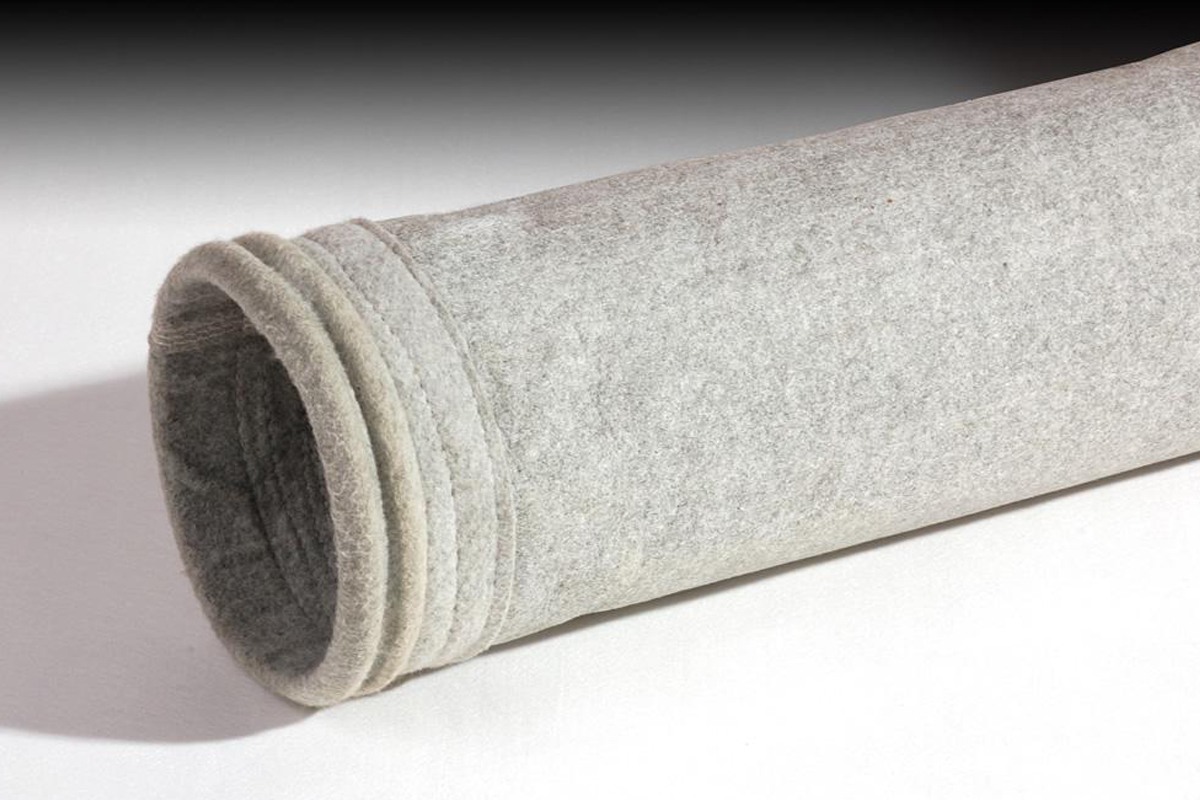Composition of PTFE filter bags
2024-02-29
PTFE synthetic fibre filter bags are a unique material made of filter bags that are resistant to acids and alkalis in the pH range of 1-14 at 240°C operating temperature and 260°C temperature conditions. PTFE synthetic fibre filter bags are self-wetting, do not absorb moisture and can withstand UV irradiation. However, PTFE fibre filter media is generally resistant to abrasion, so there are more stringent requirements for the finish of the filter bag frame.
PTFE filter bag can be used in the oxygen content of less than 16% of the working conditions (but the temperature should be controlled in the appropriate range).
When the PTFE filter bag is selected, the filtering wind speed can be selected 1-1.5m/min, thus reducing the volume of the equipment and the cost of the equipment.
Why PTFE filter bag has such a superior performance? PTFE filter bag adopts a laminating technology, PTFE microporous membrane and all kinds of substrate (PPS, glass fibre, P84, aramid) with composite technology composite and become. PTFE puffed up into a kind of porous film, the surface of the smooth and chemical-resistant substances, composite in the filter cloth substrate, play a role of the secondary layer of dust, the dust will be retained on the surface of the membrane to achieve surface filtration. Dust is retained on the surface of the membrane to achieve surface filtration. It has the superiority of traditional filter materials. The film-coated filter material has the characteristics of high peeling strength, large air permeability, small resistance, concentrated and uniform distribution of pore size, etc. Installed in the dust removal equipment as dust bag, it will effectively retain the fine dust calculated in microns, and the dust removal efficiency reaches over 99.99%, which is a new type of effective and economical filter material for industrial dust filtration and material recycling.
PTFE synthetic fibre filter bags are available in a wide range of environments and can be used for flue gas treatment in coal-fired boilers, waste incineration, carbon black production, titanium dioxide (TiO2) production, as well as in primary smelting, refining and chemical production of some metals.




